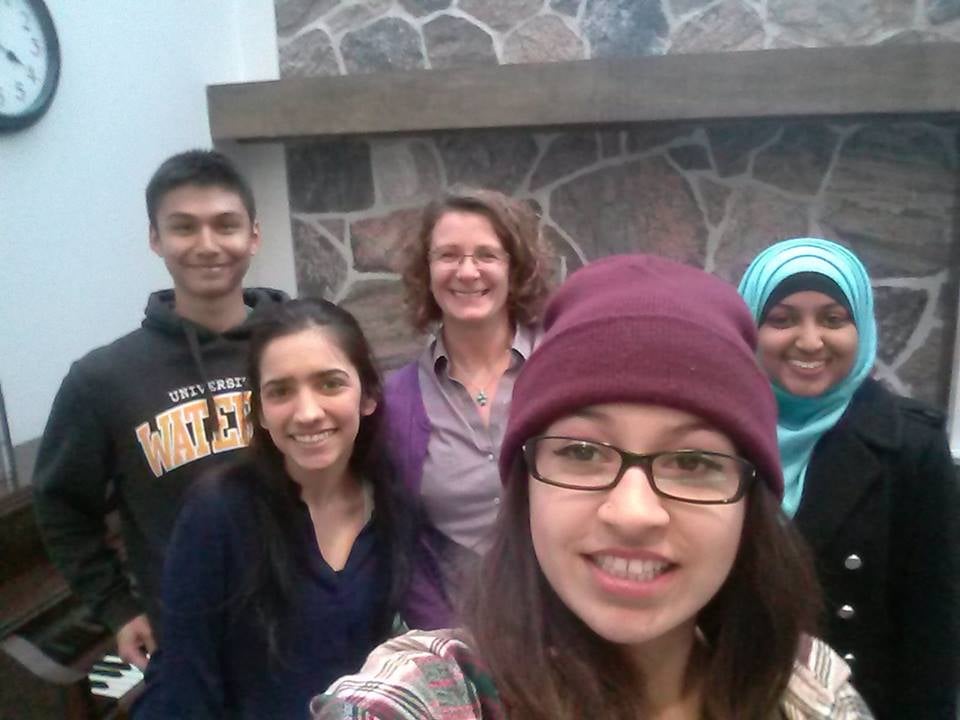
Remittances are a particular amount of money sent, by mail, as a gift or in payment of a certain good or service. According to Associate Director of International Migration Research Centre, Dr. Margaret Walton-Roberts, a relatively great size of the Indian population have moved outside of India. This can also be referred to as, diaspora, the dispersion of people from their original homeland. Dr. Walton-Roberts analyzed 4 countries; India, Philippines, China, and Mexico. Amongst these countries, India had come first in terms of diaspora. It was also noteworthy, that amongst these 4 countries, India’s GDP per capita is at its lowest. However, the amount of remittances is immensely high. The question is, why aren’t remittances contributing to economic development?
Dr. Walton-Roberts examined the constitution and structure of two states; Punjab and Kerala. Punjab and Kerala are amongst the most remittance dependent economies globally. The judgement reached by reasoning was that remittance value is social, not just economic, and it is difficult to know how migration policy can address this. In Kerala and Punjab, majority of the population who has immigrated outside of India is from rural areas. In rural imaginary, there's a heady mix of caste-entrenched social relations and international capital via remittances part of the radical transformation of agrarian caste relations. Those of agrarian castes are sending remittances back home to purchase goods or services and start businesses. Bringing wealth, to this caste alone. It has created strong caste discrimination amongst the Punjab and Kerala societies.
Dr. Walton-Roberts went on to discuss the role that remittances and the type of migration that is occurring in these two states are having on development. The social construct of Punjab and Kerala has an impact on how these remittances are being used. Even though they are the highest recipients of remittances, this has not resulted in development because high levels of remittances can result in a concentration of wealth among individuals, resulting in a lack of development flow. Remittances can also cause family conflict, causing a toxic state of underdevelopment. In terms of migration, there is an assumption made that migration automatically results in ‘modernity’ and development, which is not necessarily the case. In reality, often times individuals that migrate become more conservative than those that do not, which may cause a decrease in development initiatives. Dr. Walton-Roberts makes the point that the lack of development in these states is due to the contribution of many complex factors that all need to be considered in unison.
Dr. Walton-Roberts also shed light on the concern that due to the hope of a better future abroad, youth in these regions tends to sit around and wait for such an opportunity to come. During this time they could be investing their efforts into building a future closer to home, which could possibly in turn prove to have a better future for them. Many times high-skilled people leave their hometowns to go abroad with the promise of a better future, but this does not always work in their favour, as they do not find a job in the field they specialize in. This forces them to work odd jobs, that pay minimum wage. Since they belong to a country where people are conscious about their socio-economic status, they struggle to make ends meet, while still sending remittances to their relatives back home. Not only this, but when all capable individuals leave a certain town, there is no one left to take on important positions like doctors, teachers, engineers, and the remaining population of the town struggles.
In relation to the course material, we have examined the relationships between development and international migration, specifically, how disparities in development can be an incentive to migrate, and how international migrants affect development in their countries of origin. The presentation by Dr. Walton-Roberts also looks at how development and migration co-construct each other, and based on her research and the course material, migration appears to have both positive and negative impacts on the countries of origin. Looking at the course material, some of the benefits of migration include remittances and opportunities for migrants to develop new skills (and thereby apply them when returning home). However, it can also contribute to a ‘brain drain’, and potentially exacerbate cultural disparities.
The research conducted by Dr. Walton-Roberts focuses on the effects of migration on the Punjab region, as well as the state of Kerala. The data presented indeed correlates with the course material, and provides factual evidence of the positive and negative impacts of migration. Both Punjab and Kerala are among the most remittance dependent economies worldwide, and remittances can concentrate wealth in both the rural and urban areas of India. Generally, remittances do not support development in the region because money circulates among the more privileged, and does not reach the lower parts of society. Concentrated wealth can also result in social consequences such as excluding others from receiving the benefits of opportunities, and tear at the social fabric of communities. Part of the issue is that migration is seen as a form of status, and some families are willing to discard their cultural norms to gain benefits from certain arrangements.
From the presentation by Dr. Walton-Roberts, it is evident that the issues of migration in relation to development involve a number of ever-changing factors. As we move forward, it will be interesting to see how these migration factors will shape the course of development in India and around the world.